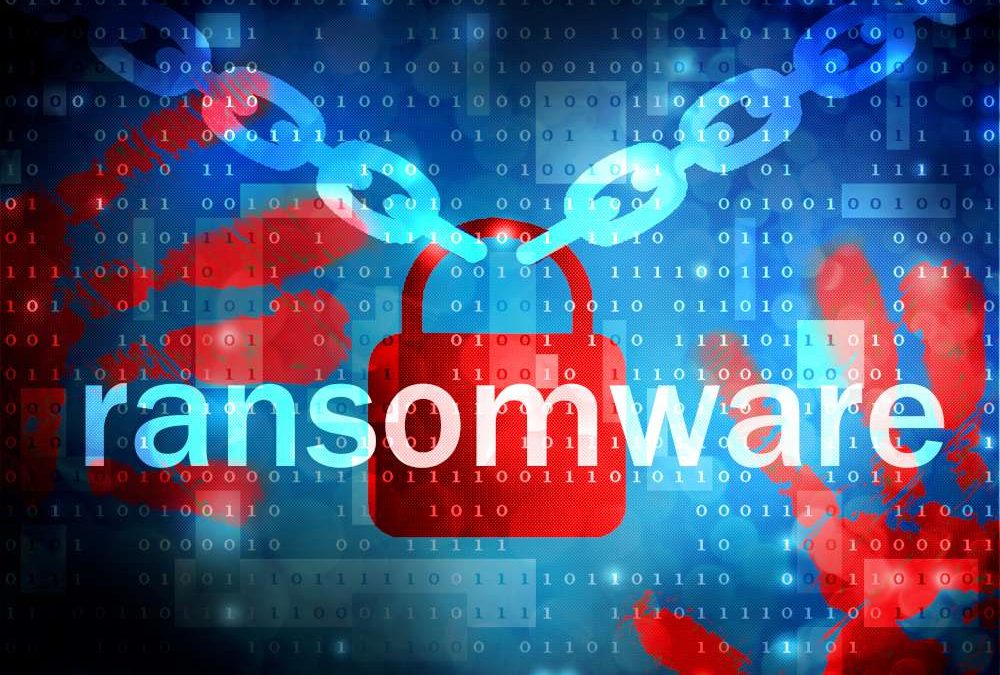Ransomware is a lot more than your run of the mill virus. Attacks like WannaCry and Nyetya affected thousands of organizations and home users around the world and cost billions of dollars in damages.
While data theft and other types of attacks are very destructive, ransomware takes things to the next level by literally holding your data hostage and demanding money in return. This has made it one of today’s most devious cyber weapons.
Many companies have decided to pay a ransom in order to have their files restored. While this can sometimes result in a quick fix, in the end it really just empowers the cybercriminals. Worse still, data is oftentimes not even returned as promised after the ransom is paid.
While there is no silver bullet for fighting ransomware, there are many things that an organization or home user can do to avoid falling victim to this type of attack. These include, among others:
- Educating your employees or family members about what to look out for online so that they do not click on suspicious links or open attachments designed to deliver ransomware.
- Making sure you have an effective backup and recovery system in place.
- Regularly patching machines to reduce vulnerabilities.
- Tightening up your overall security.
Even if you think you’ve got it covered, cybercriminals are constantly honing their craft. Taking regular backups of your personal files remains a user’s best chance at mitigating the threat if they have been hit by this attack. It is also important for companies to enforce strict file-type access control policies surrounding the download of archive and executable files from unknown sources.

